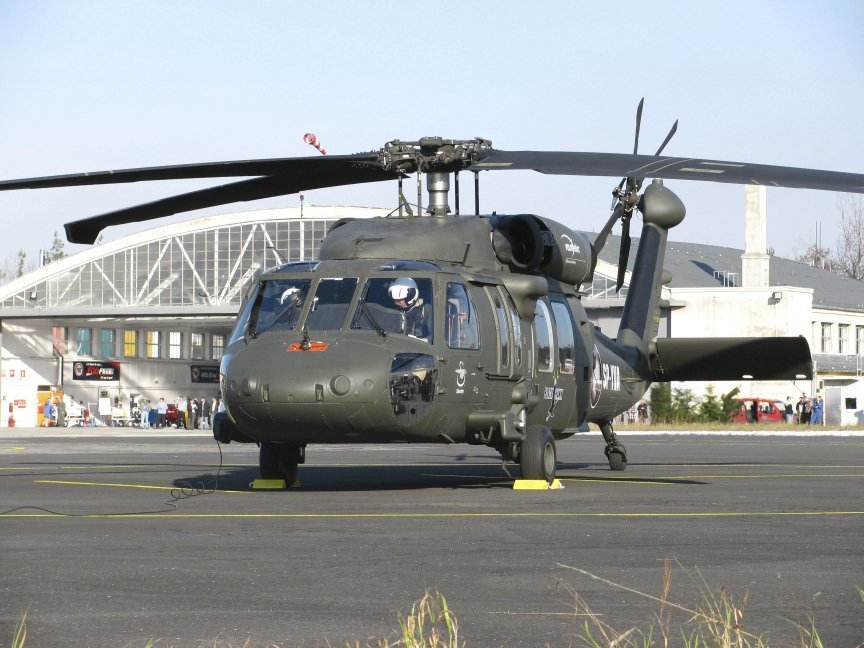Modernized Vertical Lift System With Advanced Composite Frameworks and Improved Precaution
In the realm of vertical lift systems, a significant shift in the direction of innovation has actually been observed, driven by the combination of advanced composite frameworks and increased security procedures. In exploring the convergence of innovation and security in modern-day lift platforms, an engaging story emerges, showcasing the capacity for transformative developments that provide to the ever-evolving needs of commercial sectors.
Evolution of Upright Lift Systems

The advancement of upright lift systems can be mapped back to fundamental wheel systems and early elevator styles. In time, advancements such as hydraulic systems, electrical motors, and advanced control mechanisms have greatly improved the performance and safety of these systems. Makers have actually likewise concentrated on boosting the stability, reach, and load-bearing capacities of upright lift platforms to meet the diverse demands of different markets.
Moreover, the assimilation of wise modern technologies like sensors, IoT connectivity, and automation features has additionally changed the abilities of modern-day vertical lift systems. These technological enhancements not just improve operational performance but additionally make sure heightened security criteria for employees utilizing these systems at various elevations. The continuous advancement of vertical lift platforms underscores their vital duty in enhancing upright mobility throughout industries.
Assimilation of Advanced Composite Frameworks

Furthermore, the usage of advanced composite products enables for more complex and maximized architectural layouts, allowing engineers to tailor the system's residential or commercial properties to meet details efficiency demands. Generally, the consolidation of advanced composite frameworks in contemporary vertical lift systems represents a significant innovation in aerospace innovation, leading to more reliable, reputable, and safer aerial transportation systems.
Boosted Safety Steps Application
Carrying out boosted safety steps is imperative in guaranteeing the ideal efficiency and integrity of modern vertical lift platforms. One essential element of improved security procedures is the assimilation of innovative sensing unit technologies to monitor various specifications in real-time.

Sector Applications and Benefits
With advancements in innovation and engineering, updated upright lift platforms have actually found varied applications throughout various sectors, providing substantial benefits in effectiveness and performance. In the manufacturing field, these platforms enhance the procedure of carrying hefty materials and tools within facilities, minimizing hand-operated handling and enhancing functional performance. The building sector gain from upright lift systems by enabling workers to gain access to raised locations safely and effectively, boosting total project timelines. Warehousing and logistics business make use of these systems to optimize storage space use and promote quicker selecting and packing processes.
Furthermore, vertical lift platforms play a vital duty in the repair and maintenance of framework such as bridges, high-voltage line, and structures, permitting technicians to reach inaccessible locations easily (sikorsky s 70). The aeronautics sector additionally leverages these systems for aircraft maintenance and setting up jobs, improving process efficiency and guaranteeing worker safety and security at elevations. Generally, the extensive adoption of up-to-date upright lift platforms across sectors emphasizes their adaptability and the considerable improvements they offer numerous procedures
Future Trends in Lift Platform Technology
Including sophisticated automation have a peek here and intelligent features, lift system innovation is poised to change vertical transportation systems in the close to future. One crucial pattern is the integration of Net of Points (IoT) technology, making it possible for lift systems to connect real-time data for anticipating maintenance, maximizing performance, and boosting security. Artificial knowledge and device understanding algorithms are additionally being integrated to analyze patterns, anticipate potential problems, and improve effectiveness. Moreover, making use of advanced materials such as carbon fiber compounds is on the surge, providing raised longevity and strength while lowering overall weight. Enhanced security actions, including biometric verification and emergency situation reaction systems, are coming to be standard functions to make sure guest security. Additionally, modular designs and personalized setups are getting popularity, permitting greater flexibility to various atmospheres and needs. As lift system innovation continues to advance, these patterns are readied to form the future of upright transportation, making it much more effective, risk-free, and easy to use.
Conclusion
To conclude, the up-to-date vertical lift system showcases the development of technology in the industry. By incorporating sophisticated composite structures and improved precaution, this platform offers boosted efficiency and safety and security for different applications. The sector can benefit significantly from these innovations, and future patterns in lift system innovation are most likely to continue surpassing these innovations for also greater success and efficiency.
In the world of upright lift systems, a significant change towards innovation has been observed, driven by the combination of advanced composite structures and enhanced safety procedures. The continual evolution of vertical lift systems underscores their important duty in enhancing upright flexibility across markets.

The unification of advanced composite structures in contemporary vertical lift systems has substantially boosted their structural integrity and performance capacities. By incorporating these advanced composites into the style and building and construction of vertical lift systems, suppliers can reduce total weight, rise load-carrying capacity, and enhance the platform's sturdiness and long life.
Applying boosted safety and security measures is vital in making sure the optimum performance and dependability of contemporary vertical lift platforms.